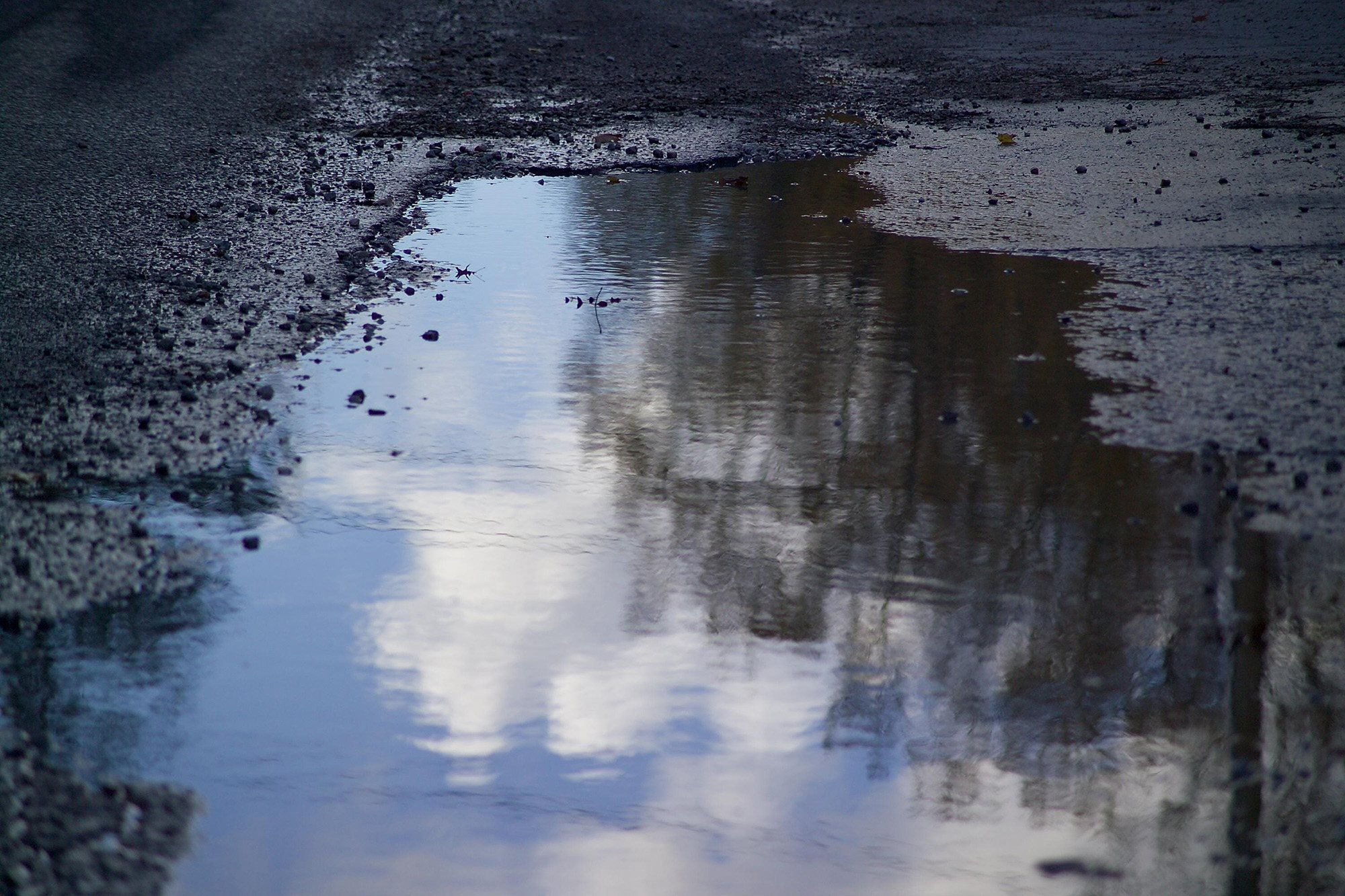Heavy Rain Can Cause Water Damage To Your Home
The rain is finally here and with more rain on its way to Southern California, there is no better time to inspect your home for leaks and existing water damage while there’s a break in the storm. As you may already know, water creates a lot of damage and can contribute to mold and or mildew growth in your home. However, water can also cause permanent structural damage to the home and erode its strength. From the roof to your home’s foundation, water will continue to find its way through cracks, holes, or punctures until you put a stop to it.
Before you begin, you should only complete as much of the inspection as you feel you can safely accomplish. If you are unable to do a thorough inspection, then you may want to invest in having a professional examine the integrity of your home.
Roof Inspection
The most obvious way to determine if a roof has a leak is during a brisk downpour of rain. You start to see water dripping along the walls or feel drops of water hitting you on the head while you’re watching your favorite television show. If you find yourself in this situation, do your best to stop the leak with tarps laid out over your roof and immediately begin clean up inside of your home. Then call your general contractor to fix the problem. However, we do not recommend waiting for El Nino to test the strength and durability of your roof. Instead, defend your home by stopping the leak before it starts.
All types of manufactured home roofs, shingled, metal, vinyl or fiberglass, should be checked once a year. Here is what you should look for as the list below are all signs of a worn and aged roof.
- Inspect the overhanging lower edge of the roof, often referred to as eaves. Look for discoloration and water damage.
- Look for excessive shingle granules in the gutters.
- Check for improper installation or loose fittings around pipes and chimneys
- Look for warped or missing shingles. Curled shingles, particularly in sunny slopes of the roof, can be indicative of your shingles having reached their expiration date. Missing shingles along the “valley” of your roof could be more problematic as these are points with high leaking potential
- Check for sagging in the roof and signs of moisture, mold, or rot.



 Builder Boy, LLC
Builder Boy, LLC Builder Boy, LLC
Builder Boy, LLC